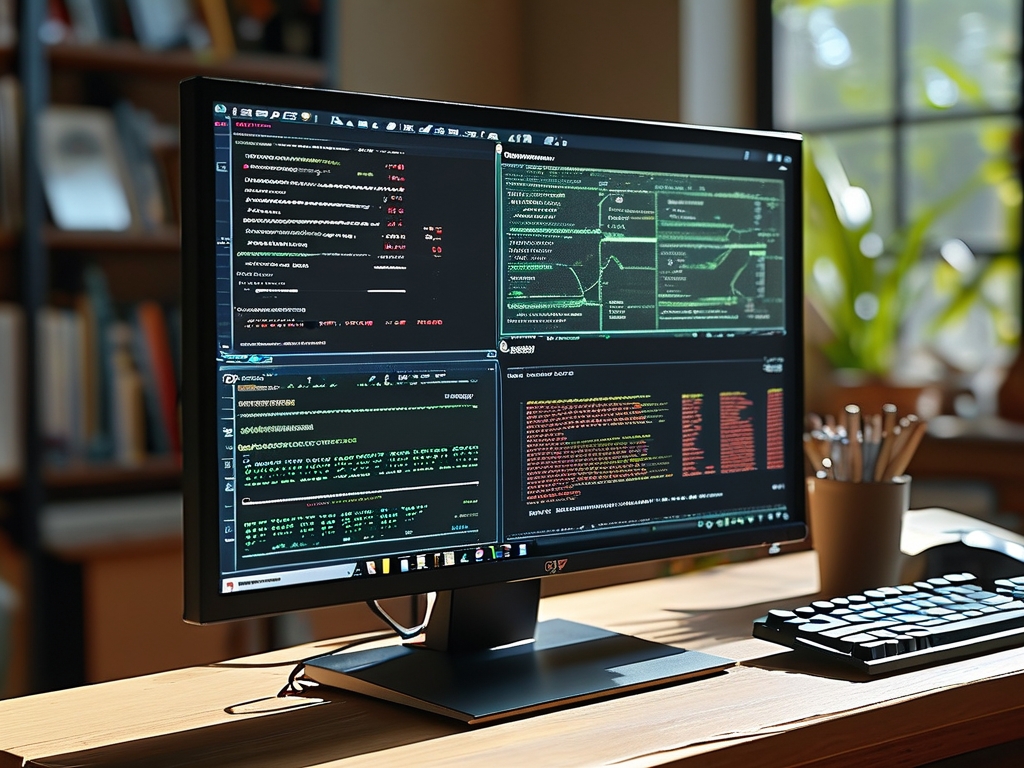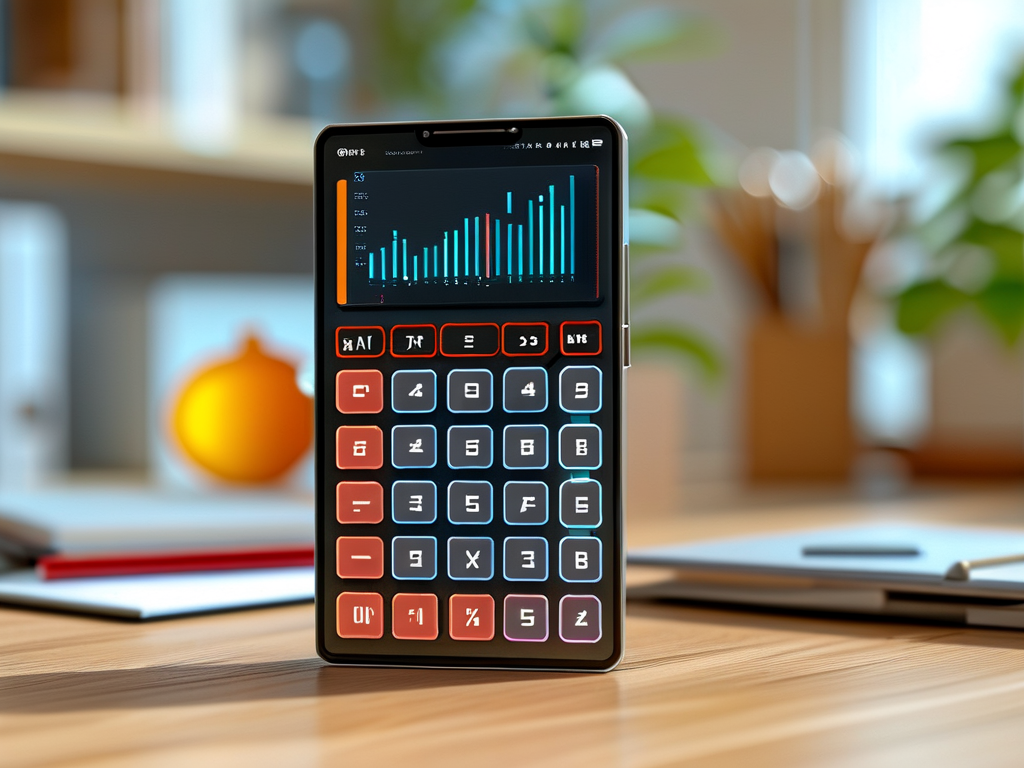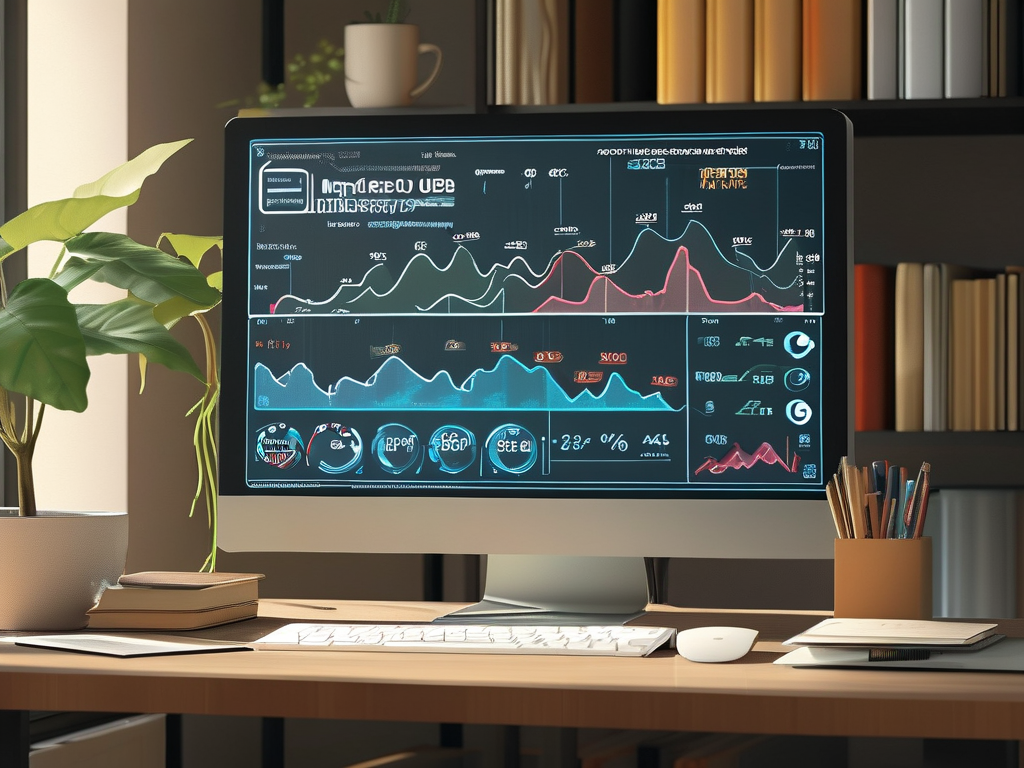Effective memory allocation and monitoring are critical for maintaining optimal performance in modern computing environments. This article explores practical methods to calculate memory consumption in monitoring systems while addressing common challenges and implementation considerations.
Understanding Memory Components
Monitoring systems rely on memory to store real-time metrics, historical data, and operational buffers. Three primary components contribute to total memory usage:
- Process Memory: The core application memory required to run monitoring services, typically visible through system tools like
toporhtop. - Data Buffers: Temporary storage for incoming metrics before processing, influenced by data ingestion rates and retention policies.
- Cached Resources: Memory reserved for frequently accessed datasets to accelerate query responses.
A basic calculation formula can be expressed as:
Total Memory = Process Memory + (Buffer Size × Concurrent Streams) + Cache Allocation Measurement Techniques
Command-line utilities provide instant snapshots of memory consumption. For Linux-based systems, the free -m command displays available memory categories:
$ free -m
total used free
Mem: 7982 4521 3461
Swap: 2048 112 1936 Programmatic approaches using Python’s psutil library enable dynamic tracking:

import psutil
def get_memory_usage():
memory = psutil.virtual_memory()
return {
"total": memory.total,
"available": memory.available,
"used_percent": memory.percent
}
Capacity Planning Factors

- Data Resolution: Higher-precision monitoring (e.g., 1-second intervals) exponentially increases memory demands compared to 1-minute sampling.
- Retention Periods: Systems storing 90 days of historical data require 60× more memory than those retaining 36 hours.
- Alerting Mechanisms: Complex rule evaluations and state tracking add 10-15% overhead to baseline memory requirements.
Optimization Strategies
- Data Compression: Implement delta encoding for metric streams, reducing memory footprint by 40-70% in testing environments.
- Archival Tiering: Automatically move older data to disk-based storage after 48 hours, as demonstrated in this cron job:
0 3 * * * /usr/bin/archiver --move-older-than 48h --target /mnt/archive
- Dynamic Allocation: Use cloud-native solutions like Kubernetes Vertical Pod Autoscaler to adjust memory limits based on usage patterns.
Case Study: E-commerce Platform
A mid-sized retailer reduced monitoring costs by 33% after recalculating memory needs. Initial 32GB allocations were trimmed to 21GB through:
- Switching from JSON to Protocol Buffers for metric transmission
- Implementing tiered caching (hot/warm/cold data layers)
- Disabling redundant health-check logging
Accurate memory calculation for monitoring systems requires understanding both technical parameters and operational patterns. Regular audits using the methods outlined above help maintain system efficiency while accommodating evolving requirements. As infrastructure scales, consider adopting machine learning-based prediction tools to automate memory optimization.









